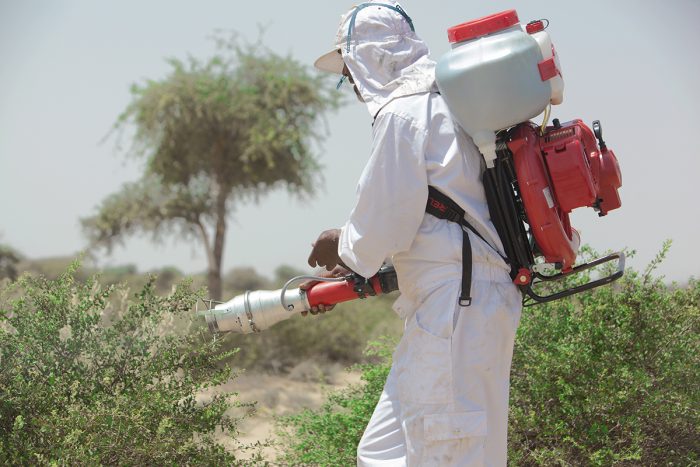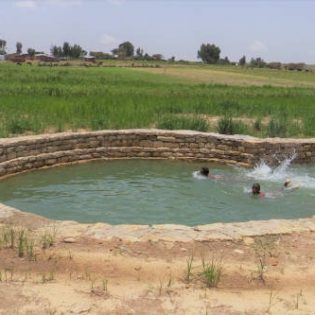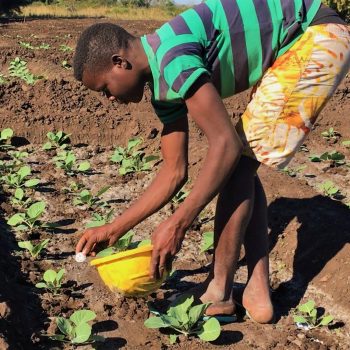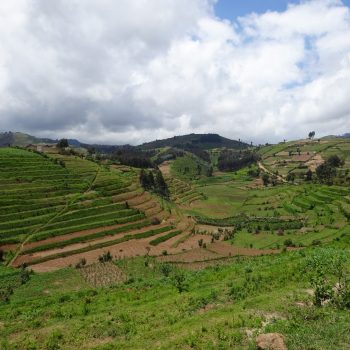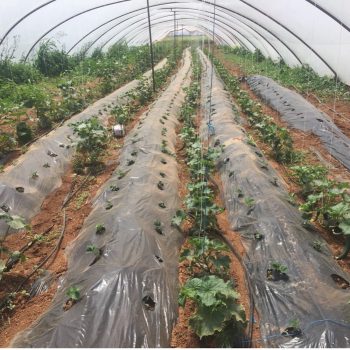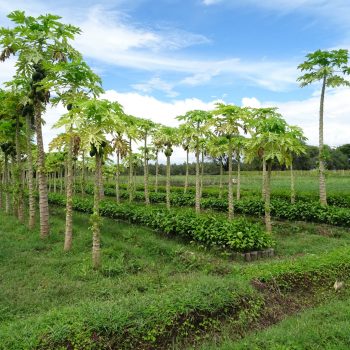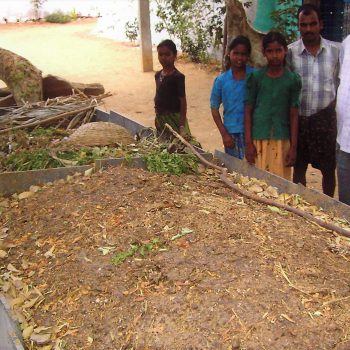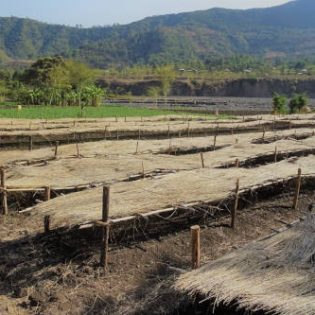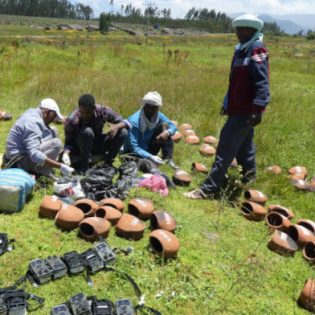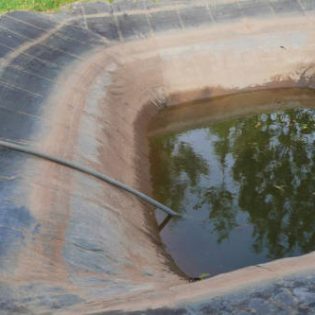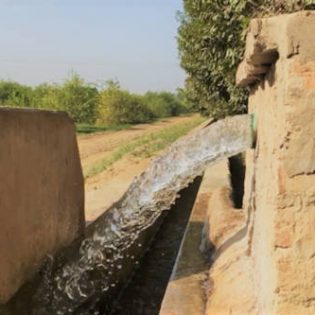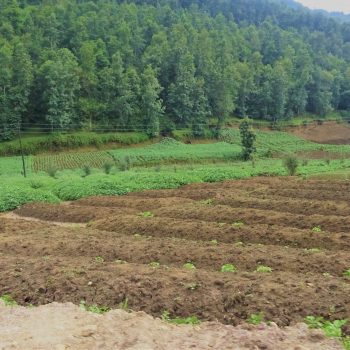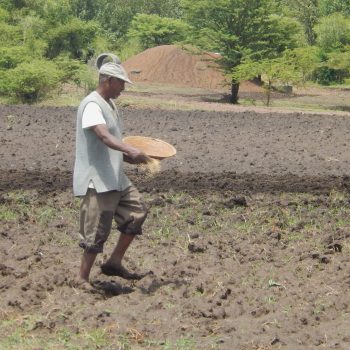| Creating resilience to desert locust invasions requires measures taken (a) in-between invasions, (b) in the runup to the invasions, and (c) during invasions.
A. Early warning: strengthening existing systems using near-real-time ‘big data’ and cross cutting machine learning modelling approach Current early warning systems track locust hopper bands and swarms in real time. Their hands can be strengthened by the application of ‘big data’ and machine learning models to accurately predict future locust breeding sites. icipe and MetaMeta are piloting a process that entails: 1. establishing what environmental conditions are conducive to locust breeding, through analysis of bio-climatic (temperature and rainfall) and bio-physical (sand and moisture contents) are conducive to locust breeding, through analysis of historical data 2. identifying areas with similar current and future conducive conditions A graphical representation of the projected model for desert locust breeding sites in Kenya (A), Uganda (B), South Sudan (C), and Sudan (D) based on environmental conditions and breeding pattern linkages from Morocco. The breeding sites found in Sudan (647) and Kenya (28) are historical (from 2013 to 2019) and actual (2020) records, respectively, used for measuring the developed model performance. B. Biopesticide: minimizing environmental impact using insecticides based on natural oils Pesticides continue to be the main pushback against advancing swarms. Beyond a certain swarm strength, chemical fertilizers are the only viable option given their quick kill time. However, their negative impact on the environment and non-target species can be limited significantly by targeting hopper bands and nascent swarms with biopesticides. Use of biopesticides is already being widely promoted. The ones currently in use are based on fungi spores with mineral oils (diesel/kerosene) as solvent. Environmental impact can be further reduced by using biopesticides based in essential (plant) oils. A team of scientists from University Graz has developed prototypes that are ready for field testing. C. Catching locusts for the animal food industry Here is a novel idea for fighting back against locusts: catch them and feed them to chickens. This is precisely what has been tried out in parts of Pakistan with some success. Local communities were encouraged to catch locusts at night (when they are not flying but resting on the ground), and sell them to poultry feed manufacturers. The insects make for a good, protein-rich feed. On average, 1 community in Punjab province was able to catch 7 tonnes of locust per night, and individuals could make about 120 dollars for one night’s catch upon selling it off. This way, the swarm was contained, while creating livelihood opportunities.
|
Additional information
| Agriculture | Flood/spate irrigated, Irrigated, Rainfed (Crop) |
|---|
